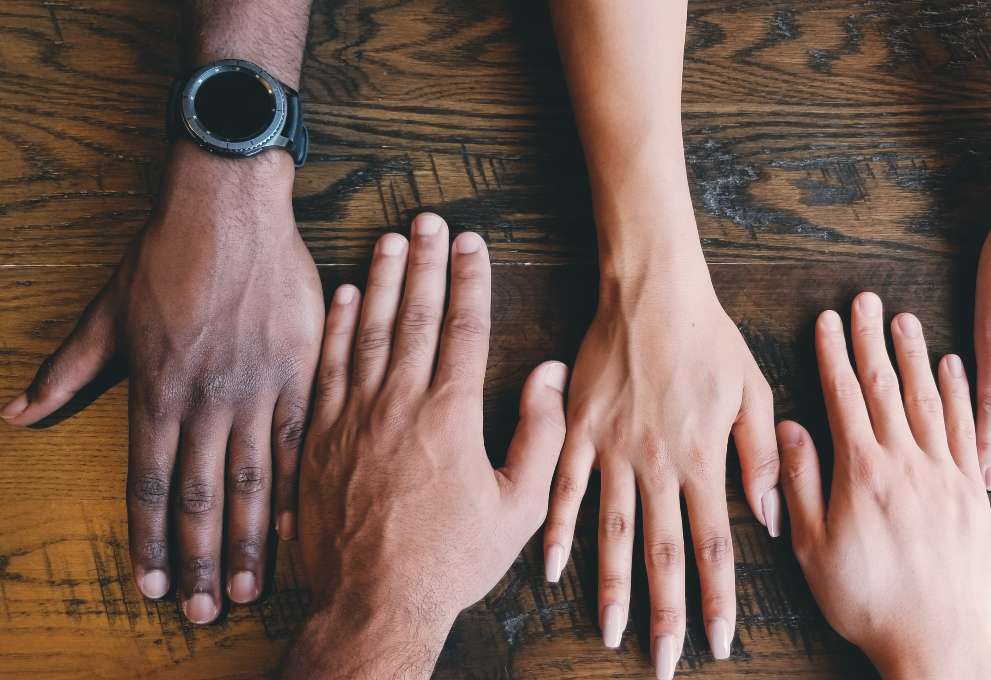I have noticed that business organisations of late have started taking a strong stance in favour of diversity by promoting gender parity. The focus is on inclusion and Diversity, Equity, and Inclusion (DEI).
The ground reality at the community level, however, is a far cry. Lip service tops the play on the subject in any Indian community where patriarchy still plays a dominant role. Announcements, therefore, frequently come out as empty platitudes, and the progress we have made is far from adequate. A report jointly released by UN Women and UNDP, two United Nations organisations, highlights this fact.
According to the report, India continues to have a distressingly low level of global gender parity (GGPI) and women’s empowerment (WEI). Her WEI and GGPI stand at 48% empowerment deficit and a 44% gender disparity, respectively.
On the tipping scale, we scored higher than our neighbours in central and southern Asia—an empowerment gap of 50%, but the scales dipped to 44 % in the gender gap vis-à-vis the other countries who fared slightly better at 42%.
For some time now, I’ve been considering penning my thoughts on diversity and inclusion. Thus far, I was scouting for an ideal subject to write. Even as I was pondering whether to start from the terms of employment practises at the organizational level? Or should I focus on the more crucial aspect of the upbringing of a child?
My thought process was jolted by local sports or commonly known as gully games. Outdoors, gully games are a common sight in any locality. As I watched the young guns screaming and making the sport noise, I realized that the teams were either all boys or all girls! When did the sports world at the gully level transition from a gender-neutral game to bond to a competitive sport for a single gender?
For instance, in my own residential complex, there is a widening divide between boys and girls who play the same sport at the same time, but separately. When I compare this to a decade ago, I saw a mix of both—boys and girls roughing it out on the cricket field or the make-shift football stadium. Casual conversations with friends, acquaintances and relatives revealed that the norm persists everywhere. Infact, some haughty parents (who nonchalantly played with the opposite gender proudly claim that they are asking their children to develop separate `boys` and `girls` groups. Why?
Unintentionally so, but we are widening these gaps, creating the spasm and developing adults who would grow up to be uncomfortable in the presence of the opposite sex. Shouldn’t we start teaching kids about gender equality, diversity, and inclusion at a much younger age?
These kids are the torchbearers of tomorrow. While it may appear that I’m criticising the way kids are raised, I’m actually pointing out a critical change that is required to hasten India’s growth trajectory. Combining gender parity and diversity, equity, and inclusion (DEI) is a difficult goal that must be built up gradually.
Let’s start young and raise a generation that truly understands the value of variety, inclusion, and equality.

